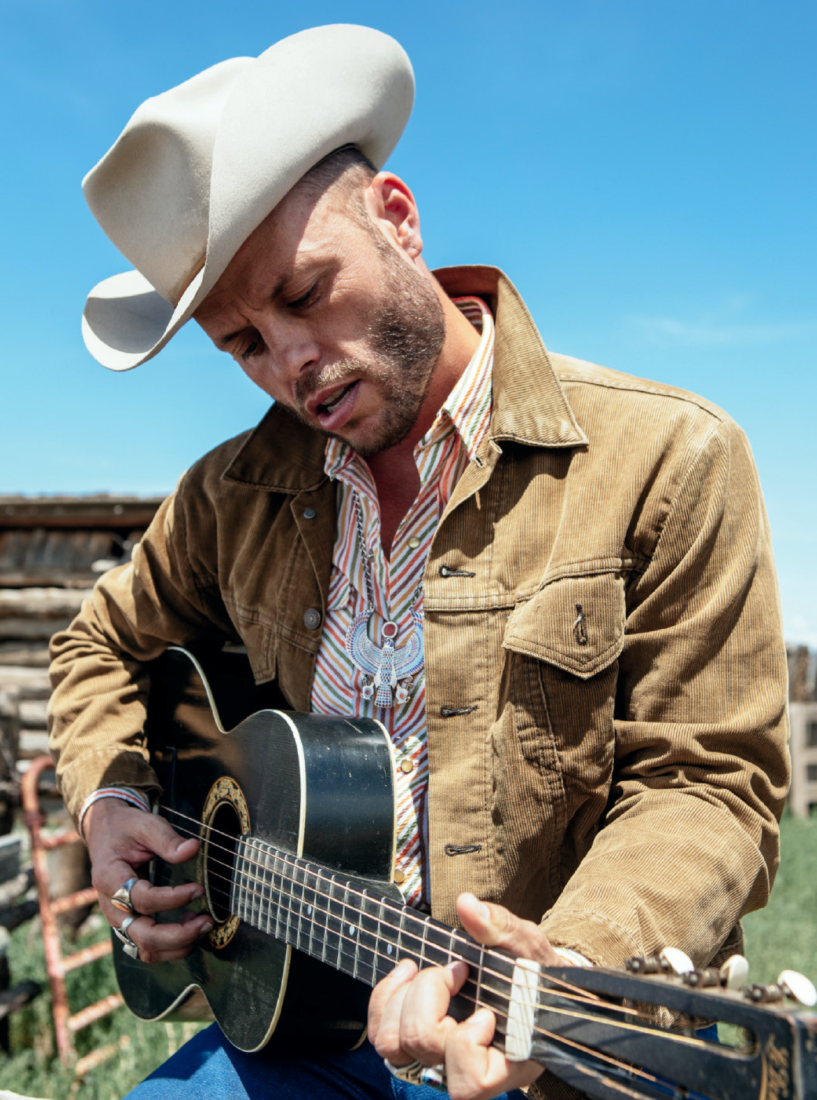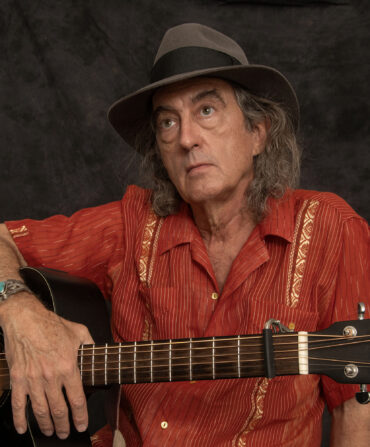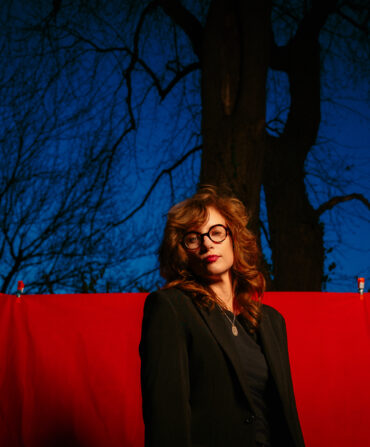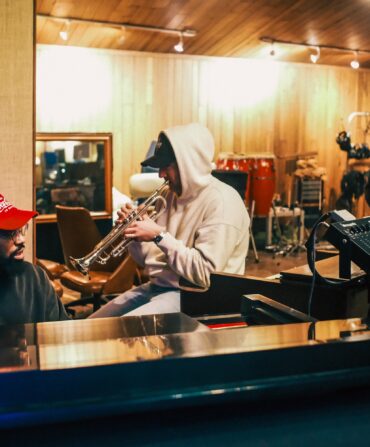Charley Crockett is making up for lost time. In the past seven years, the Texas native has released twelve albums, including his sublime new effort, The Man from Waco. But Crockett’s career got off to a late start. After leaving home as a teenager with a guitar his mother got him from a pawnshop, he began playing and living on the streets in Dallas and around the country, including the French Quarter in New Orleans and New York City, performing for tips on the subway. His talent was undeniable. After hearing him play, an executive from Sony Music offered him a record deal right there on the R train.
Sony wanted to make Crockett the next country-pop superstar, but Crockett had zero interest in molding his traditional blues and country sounds to meet expectations. He self-released his debut, A Stolen Jewel, in 2015, when he was thirty-one, and a follow-up the next year before finding a willing label partner in Nashville’s Thirty Tigers. Now living in Austin, he has made what feels like a career-defining album. His sound has always been sparse and lonesome, but on The Man from Waco, it flourishes with the laid-back rhythm and blues of the Gulf Coast, his trademark desert country, and his deep, rich baritone, with assistance from his crack backing band, the Blue Drifters, who joined Crockett in the studio for the first time from start to finish. “I know a lot about myself and the fight I had to do what I want,” he says. “But the beauty of the art comes from the struggle.”
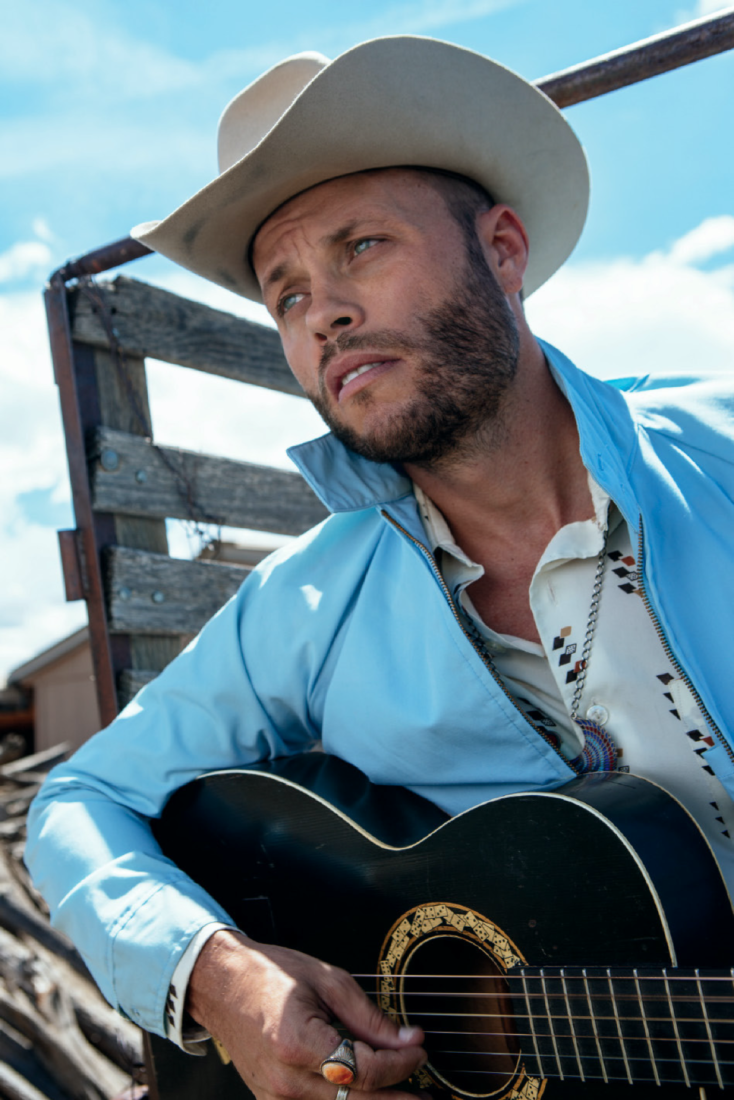
What kinds of songs would you play on the streets?
A lot of traditional music, but the stuff that went over the best was the drinking songs. Everything from Ernest Tubb to John Lee Hooker–type drinking songs. I remember playing Hank Williams’s “My Bucket’s Got a Hole in It” on Royal Street in New Orleans, and then I’d be down on Frenchmen in the evening, playing “One Bourbon, One Scotch, One Beer,” the John Lee Hooker version. And then lots of Bob Dylan.
Dylan has a credit on your new album, and you’re obviously a huge fan.
I was obsessed with Dylan’s 1973 album Pat Garrett & Billy the Kid and was listening to some outtakes, and there was a song he never finished called “Tom Turkey,” so I just incorporated some of his elements into my version of the song. It all comes back to Dylan for me. Willie Nelson and Waylon Jennings are labeled outlaws, and I love all those guys a lot. Willie’s taken me out on the road with him and done a lot of cool stuff with me. But Bob Dylan broke all the rules. He’s so much more of an outlaw than anyone’s ever given him credit for.
What’s your songwriting process?
I write daily, but it’s not scheduled. And truth be told, I haven’t written down a song in years.
Seriously? How do you remember them?
Repetition, man. When I was living on the street, I hit every open mic night I could. My songs are pretty simple, and I would just do them over and over. I learned how to lead bands during blues jams at bars in New Orleans and back-room places in Dallas. But that was hard because I never knew what key I was playing in. The club owners saw me playing in the street and assumed I knew what I was doing. I remember this guy who ran a club in New Orleans threw me out. The first time I played there it was with all the guys I was playing with on the street, and we just smoked it. I went back by myself, but I couldn’t tell the house rhythm section what to play. The friend who came with me got into a fistfight with the sound guy. We were lucky we didn’t get arrested. I remember [the owner] telling me: “Man, learn a f**king blues song and know what key you’re in. Come back when you got that down.” I was mad at him, but ultimately, I realized he was right.
It’s rare for an artist to put out a dozen records in seven years. You obviously have confidence in your work. Have your expectations for success increased now?
I don’t expect this new one to sell well. I mean, it will be fine, but the game you have to play to write a hit and break through with radio is just wack. I don’t want to make any stupid decisions today to try to get ahead in the short term, because I feel pretty good about how I’m going to be viewed thirty years from now versus the people around me.
Your videos and album art have this timeless, weathered look, like what you would see in spaghetti Westerns like Sergio Leone’s The Good, the Bad and the Ugly. What appeals to you about that genre?
What I think was so cool about Leone and the Italian directors in general was that they took the idea of John Ford’s American West and completely reinvented it. The Good, the Bad and the Ugly has so many critiques of the nature of people and societies. I feel like that whole movie is exposing the insanity of the Civil War. I’ve probably watched it three hundred times.
You’re pals with Leon Bridges, who is from Fort Worth. How has he influenced you?
We’ve been friends from all the way back in the days when I couldn’t get a legit gig on a stage in [the East Dallas neighborhood] Deep Ellum. Leon was talking me up before anybody. That dude always comes to my shows. He’s been the one artist who has been a constant for me to look at and see how he has forged his own path. Everybody wanted him to just re-create his first record [2015’s retro soul Coming Home], and they dogged him when he didn’t. But he just kept going, and I’ve watched him reinvent himself. Plus, he’s been patient with me over some dumb shit I’ve done over the years. [Laughs.]
Deep Ellum has long had a thriving music scene, but it kind of goes under the radar.
I’ve always thought that in the Southern American music heritage, you have three cities that make the true triangle: New Orleans, Memphis, and Dallas. Deep Ellum is unique because it’s the neighborhood where the Black and white worlds of Dallas converged. One of the first Black commercial districts in Texas was in Deep Ellum. Robert Johnson is the king of the Delta blues, right? Well, half of his material was recorded in Dallas. Deep Ellum’s heritage goes back to Blind Willie Johnson and T-Bone Walker. Bob Wills recorded there. And as big as Dallas is, it’s a very tight-knit music scene. What’s interesting about Deep Ellum compared with places like Beale Street and the French Quarter is that it’s managed to exist and survive despite complete neglect. There’s been no focus on tourism like there is in Memphis and New Orleans.
So, here’s the ultimate Texas question: Barbecue or tacos?
[Pauses for nearly ten seconds.] Man, that’s tough. How about brisket tacos?


